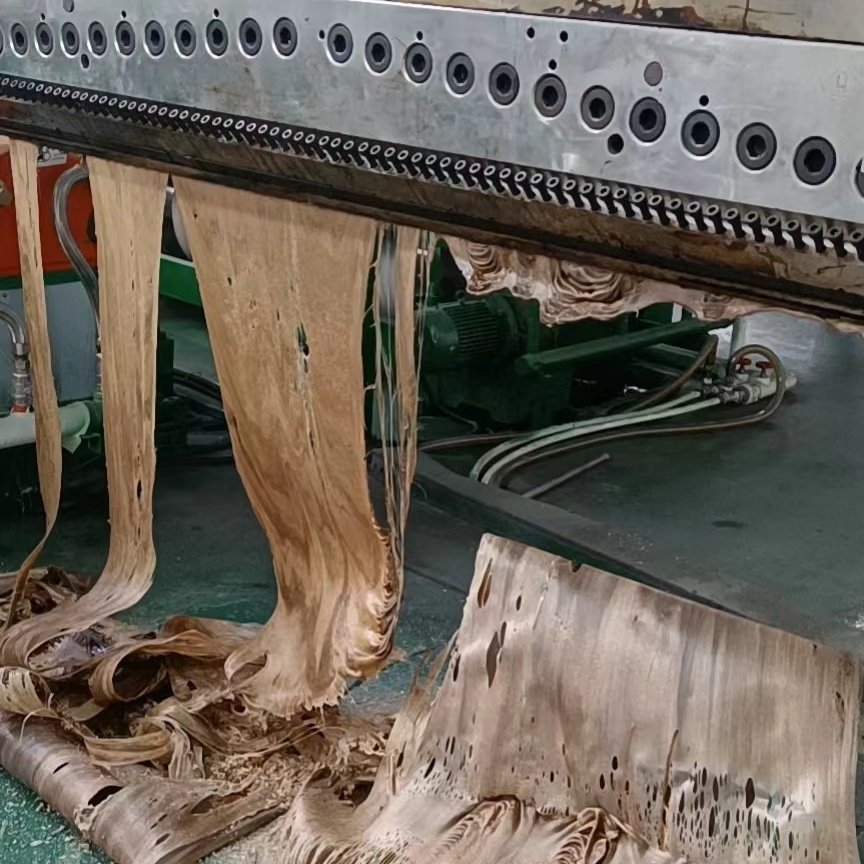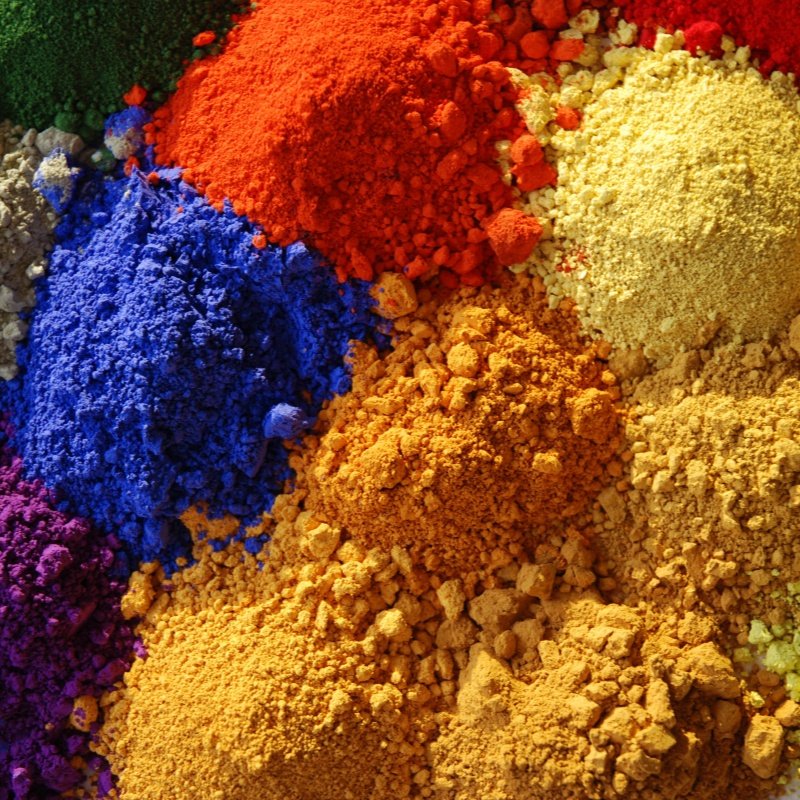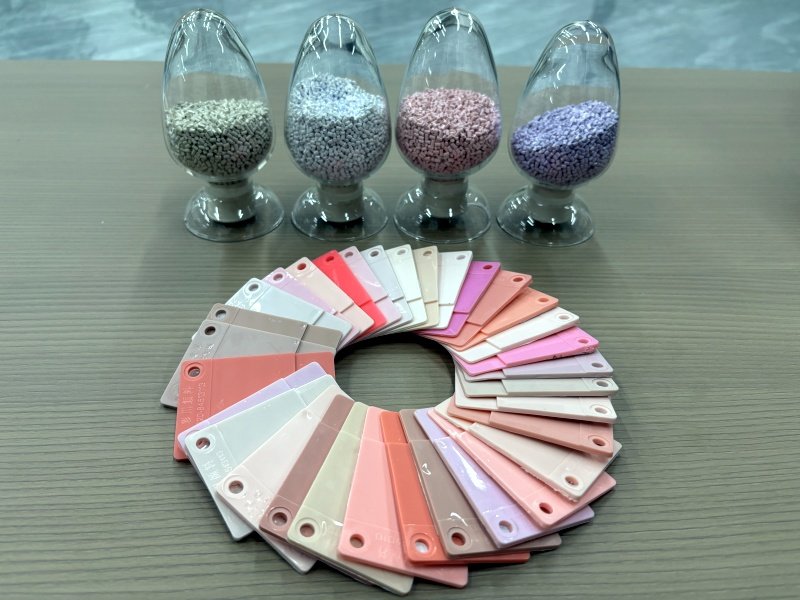Maximize Efficiency and Savings with High-Quality Purging Compounds in Plastic Manufacturing
In the manufacturing industry, efficiently cleaning molding machines is essential for maintaining optimum productivity and ensuring high-quality output. One of the key components in this process is the use of a cost-saving purging compound, which has proven to be the ultimate solution for removing stubborn residues from screws, nozzles, molds, hot runners, and dies of injection molding machines and extruders. This purging compound is specifically formulated to effectively break down and remove contaminants such as colorants, resins, and carbon deposits that can accumulate during molding.
By incorporating this purging compound into routine machine maintenance procedures, manufacturers can significantly reduce downtime for cleaning and maintenance, leading to increased production efficiency and cost savings in the long run.
Furthermore, using a high-quality purging compound can also extend the lifespan of the molding equipment by preventing the build-up of harmful residues that can cause wear and tear on machine components.
Purging compounds are essential in the modern plastic manufacturing sector. This article offers an in-depth exploration of purging compound varieties, advantages, applications, selection criteria, and the benefits of using DOME® purging compound. Ultimately, investing in an effective purging compound is a valuable choice for manufacturing facilities seeking to improve the cleaning process of their molding machines and ensure consistent, high-quality results.
What are purging compounds?
Purging compounds, also referred to as screw cleaning agents, screw cleaners, or purging agents, are specifically formulated products designed to clean injection molding machines, extruders, and blow molding machines. These compounds are composed of a base resin and various additives that are carefully selected to effectively clean the screw, barrel, hot runner, and extruder die thoroughly and rapidly. By using purging compounds, manufacturers can significantly minimize waste resulting from frequent color and material changes, as well as efficiently eliminate carbides deposited within the barrel and on the screw surface. These versatile purging compounds find application in various industries such as automotive, packaging, medical, consumer products, and more.
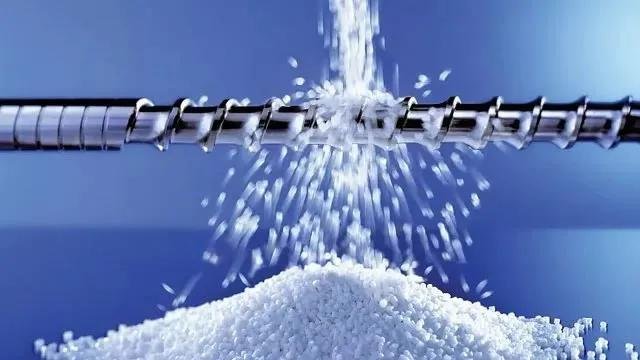
How do Purging Compounds work?
Purging compounds work by chemically breaking down or mechanical action to remove residues, contaminants, and impurities from the internal components of molding machines, such as screws, nozzles, molds, hot runners, and dies. When the purging compound is introduced into the machine, it undergoes a cleaning process that helps dislodge and flush out any accumulated materials, including colorants, resins, and carbon deposits.
The purging compound typically operates at elevated temperatures to ensure effective cleaning and removal of stubborn residues. As the compound flows through the machine, it carries away the contaminants, leaving the internal components clean and ready for the next production run.
Additionally, purging compounds helps prevent the build-up of residues that can cause defects in the final product, reduce machine downtime for cleaning and maintenance, and optimize the overall efficiency of the manufacturing process. By using purging compounds regularly as part of machine maintenance procedures, manufacturers can improve productivity, extend the lifespan of their equipment, and achieve consistent, high-quality output.
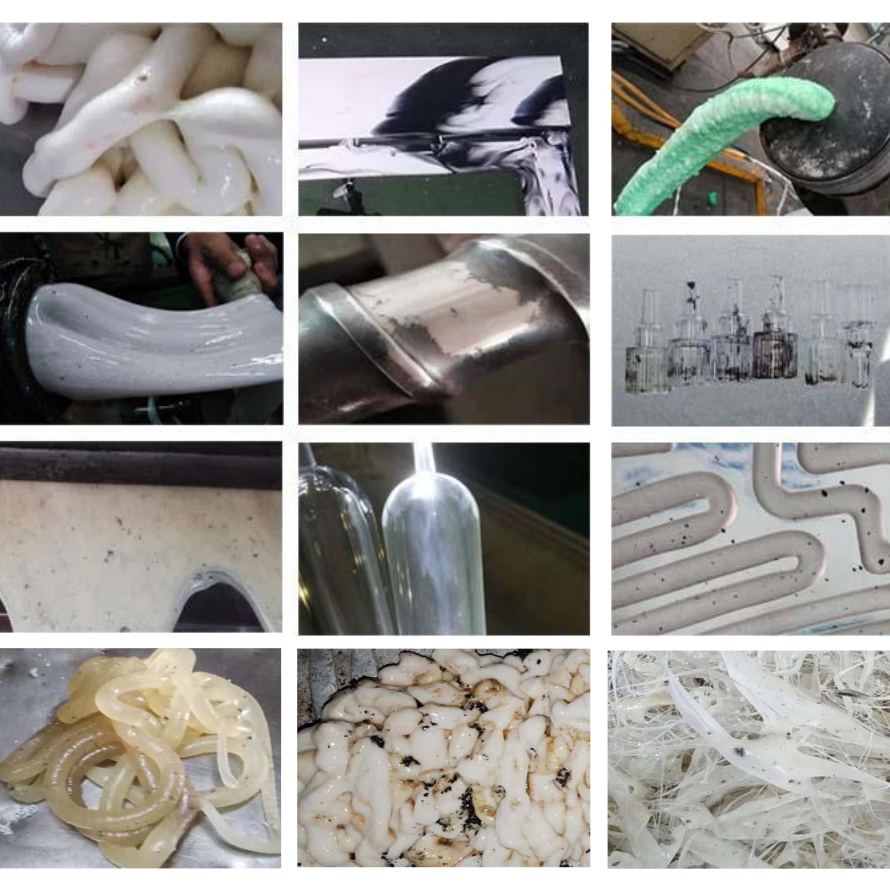
The differences between mechanical purging compounds and chemical purging compounds
Chemical purging compounds and mechanical purging compounds differ in their composition and the cleaning method used for mechanical equipment.
Chemical purging compounds contain specific chemical agents that aid in breaking down and removing contaminants, residues, and impurities from mechanical equipment. To effectively use chemical purging compounds, the processing temperature needs to be adjusted to around 300°C, and the cleaner should be left in the equipment for 10-60 minutes for complete dissolution. These compounds work through chemical reactions to dissolve and eliminate deposits, facilitating an easier system clean-up. Our recommended chemical purging compounds, DM-PC058B, are ideal for customers in cast film, lamination, and film industries to eliminate black spots and carbon deposits.
Contrastingly, mechanical purging compounds utilize physical mechanisms such as stirring, scrubbing, and grinding to eliminate contaminants and residues from mechanical equipment. These compounds rely on mechanical force to purify the system, eliminating the need to pause and wait, thereby saving valuable cleaning time. For tasks like color or material conversion and carbon deposit cleaning, many customers prefer DOME®’s universal mechanical purging compounds, DM-PC001U.
In summary, chemical purging compounds use chemical agents for breakdown and removal, while mechanical purging compounds rely on physical mechanisms for cleaning mechanical equipment. For expert advice on selecting the most suitable cleaning agent for your project, reach out to a DOME® cleaning agent specialist.
Why Commercial Purging Compounds?
Commercial purging compounds are used in the plastics industry to clean and purge extrusion, injection molding, and blow molding equipment. These compounds help to remove color, residue, and carbon buildup from the processing machinery, ensuring that the equipment is clean and ready for the next production run. Commercial purging compounds also help reduce downtime and material waste by speeding up the cleaning process and improving overall production efficiency. Using purging compounds can save time and money for plastic manufacturers by minimizing the need for manual cleaning and reducing the risk of contamination in the production process.
Benefits of Purging Compounds in Plastic Manufacturing
In the realm of modern manufacturing, particularly in the plastic industry, the efficiency and cleanliness of machinery play pivotal roles in determining overall productivity and product quality. Purging compounds have emerged as an essential technological advancement, streamlining the cleaning processes of various machines, including extruders and injection molding equipment.
One of the most significant advantages of utilizing purging compounds is the marked reduction in downtime. Cleaning machinery between production runs is often time-consuming, traditionally requiring substantial manual labor and operational halts. Purging compounds simplifies and accelerates this cleaning process, enabling manufacturers to shorten the time needed to reset their equipment significantly. This operational efficiency allows for increased production runs and, consequently, a higher throughput of goods. In an industry where time is tantamount to money, the ability to swiftly transition between production schedules paves the way for enhanced profitability.
Moreover, purging compounds are instrumental in improving overall operational efficiency. They effectively minimize material wastage that occurs during changeovers—whether during a switch in color or material. By ensuring that residual materials are effectively displaced, manufacturers can conserve resources that would otherwise be discarded. This not only promotes better resource management but also translates into financial savings, as reduced wastage directly correlates with lowered production costs.
An additional critical benefit of purging compounds is their contribution to maintaining the quality of the final product. Machinery that is not properly cleaned can lead to cross-contamination, resulting in defects that compromise product integrity. By ensuring thorough and efficient cleaning of machinery, purging compounds help safeguard against such quality control issues, leading to consistent production of high-quality products. In industries where standardization and quality assurance are paramount, the role of purging compounds cannot be overstated; they serve as a preventive measure against potential deficiencies that could tarnish a brand’s reputation.
From a financial perspective, the implementation of purging compounds can also lead to lower labor costs. The time saved during the cleaning processes not only optimizes machine availability but also decreases the amount of labor required for these tasks. This reduction in labor needs allows manufacturers to allocate their workforce more effectively, enhancing productivity in other operational areas and facilitating cost savings across the board.
Furthermore, the regular use of appropriate purging compounds contributes to extending the lifespan of manufacturing equipment. Proper maintenance and cleaning routines are crucial for the integrity and durability of machinery. By employing purging compounds, manufacturers can mitigate the wear and tear that results from inadequate cleaning processes. This proactive approach to equipment maintenance can result in lower repair costs and decreased capital expenditures associated with the replacement of machinery, thereby fostering a more sustainable operational model.
Lastly, purging compounds play a significant role in promoting environmental sustainability. By facilitating efficient cleaning and minimizing material wastage, these compounds contribute to a smaller environmental footprint for manufacturing operations. As industries increasingly prioritize sustainability, the use of purging compounds aligns with broader eco-friendly initiatives and organizational goals aimed at reducing environmental impact.
How a Purging Compound Can Help You Save on Expenses.
Case: Purging for color changeover( PP material from Black to Yellow) of 1300T injection molding machine (excluding hot runners). This case comes from one of our domestic electronic product injection molding manufacturing clients.
| Cost Items | Cleaning with Raw Materials | Cleaning with Purge Compound(DM-PC003U) |
| Average Cleaning Material Usage | 46.5KGs | 5KGs |
| Material Cost | $63.71(PP raw material price: $1.37/kg) | $32.88(Purge Compound price of DM-PC003U: $6.58/kg) |
| Average Cleaning Time | 50minutes | 10minutes |
| Water and Electricity Cost for Color Changeover ($19.77/hour) | $16.47/time | $3.36/time |
| Labor Cost for Color Changeover( (average is about $5.89/hour, 2 people needed for color changeover cleaning) | $9.82/time | $1.96/time |
| Downtime Cost Per Hour | $41.10/hour | $41.10/hour |
| Total Downtime Loss | $34.25 | $6.85 |
| Total Cleaning Cost | $124.23 | $45.04 |
| Mechanical Wear | Cost unable to evaluate specifically | Reduced machine wear time by 40 minutes, cost unable to evaluate specifically |
| Safety Hazards | Every time for color changeover cleaning, the residual material in the hot runner needs to be ejected, and people need to push open the protective door of the injection molding machine to clean the residue sprayed on the mold, which will create safety hazards, cost: unable to evaluate specifically. | If you use our screw cleaning agent DM-6005H to clean the hot runner, you need not open the protective door of the injection molding machine to clean the residue inside. Just eject the screw cleaning material directly. No safety hazards. |
From the above cost comparison results, we can see that using our screw cleaner for color change cleaning can save about $79.19 (124.23-45.04), which you may think is very small. However, our customer has 6 such injection molding machines, and each machine needs color changeover cleaning about 3 times a week on average.
Therefore, the cost savings for each injection molding machine per year is $79.19.00*3 times*52 weeks = $12353.64
For 6 machines, the total cost savings for one year is $12353.64*6 = $74121.84
In conclusion, the advantages of purging compounds in plastic manufacturing extend far beyond simple cleaning solutions. By reducing downtime, improving efficiency, enhancing product quality, lowering labor costs, extending equipment life, and supporting environmental sustainability, purging compounds emerge as a multiplier of operational efficiency and economic benefit. As manufacturers strive to optimize their processes and adapt to the demands of a competitive marketplace, the adoption of purging compounds represents a strategic investment that yields substantial returns in both productivity and sustainability.
Selecting the right Purging Compound
Choosing the right purging compound is crucial for maintaining efficiency in plastic processing. These specialized agents clean carbon deposits and facilitate color or material changeovers in molding machines, preventing contamination and ensuring optimal performance. Selecting the appropriate cleaning agent involves understanding various factors that align with the specific needs of your manufacturing process. Here are the key considerations for selecting a purging compound to enhance productivity and efficiency in plastic processing operations.
When selecting a purging compound, compatibility with the current production process and materials is crucial. Different cleaning agents are formulated for specific processes, and choosing the wrong one can lead to ineffective cleaning, residual contamination, and potential damage to equipment. Manufacturers should identify their production methods and materials to select appropriately optimized cleaning agents. For example, DOME’s purging compound DM-PC001U is ideal for injection molding, while DM-PC003U is best for twin-screw extrusion, both compatible with about 90% of resin materials. Additionally, DM-PC100HC is specifically designed for high and low-temperature changeovers with materials such as LCP, PEEK, PEI, and PSU.
In addition, the operating parameters of production machinery are crucial in selecting a purging compound. Factors like processing temperature, pressure, and equipment geometry influence the cleaning agent’s effectiveness. Some materials require higher temperatures for optimal performance, while others function well at lower temperatures. Understanding your machinery’s specifications ensures you choose a cleaning agent that performs effectively. DOME’s universal cleaning agent operates within a temperature range of 180°C to 300°C, making it suitable for various processes and materials.
Cost-effectiveness is a key factor in selecting a cleaning agent. While high-quality compounds may have a higher initial cost, they can reduce downtime, increase production, and minimize waste, leading to long-term savings. Manufacturers should assess the total cost of ownership, considering both the purchase price and potential savings from improved efficiency and reduced scrap rates. A thorough cost-benefit analysis may reveal that investing in higher-quality cleaning agents offers significant advantages over time.
Furthermore, the environmental impact and safety of cleaning agents should not be overlooked. Many manufacturers are increasingly concerned about sustainability and compliance with environmental regulations. Therefore, choosing cleaning agents with bio-based or low-toxicity formulations can improve a company’s sustainability credentials. In addition, compliance with safety standards is essential, as handling inappropriate chemicals can pose health risks to personnel and lead to regulatory challenges.
Finally, the manufacturer’s reputation and support services are essential to making an informed decision. Reliable cleaning agent producers not only provide quality products but also provide technical support and guidance during the application process. Working with a reputable supplier who provides adequate training, troubleshooting assistance, and tailored recommendations can greatly contribute to the successful implementation of cleaning solutions.
In summary, selecting the right cleaning agent is vital for the efficient operation of plastic processing machinery. By considering factors like material compatibility, operating parameters, cost-effectiveness, environmental impact, and supplier reputation, manufacturers can make informed decisions that enhance productivity, reduce costs, and support sustainability goals. Careful selection of cleaning agents leads to improved quality and efficiency in manufacturing processes, underscoring their importance in the industry.
The Advantages of Choosing DOME® Purging Compounds
When it comes to optimizing manufacturing processes, selecting the right purging compound can make a significant difference. DOME® purging compounds stand out in the market for several compelling reasons. Here’s a brief overview of the advantages these products offer.
High Compatibility
One of the key features of DOME® compounds is their impressive compatibility with a wide variety of resins and processing methods. This versatility ensures that manufacturers can achieve optimal performance across diverse applications, making DOME® an ideal choice for different production environments.
Enhanced Cleaning Efficiency
DOME® purging compounds excel at removing color and carbon residues, which is crucial during material changeovers. Their efficient cleaning capabilities lead to minimal downtime, helping to keep production schedules on track and reducing interruptions in the workflow.
Temperature Versatility
Another significant advantage of DOME® purging agents is their ability to perform effectively across a broad temperature range. This makes them suitable for both high and low-temperature applications, ensuring consistent results regardless of the processing conditions.
Cost Savings
While the initial investment in DOME® purging compounds may be higher than some alternatives, the long-term cost savings are undeniable. By minimizing downtime and scrap rates associated with production changes, these compounds ultimately help manufacturers reduce operational costs.
Environmental Considerations
DOME® is committed to sustainability, creating formulations that comply with environmental regulations. This focus not only aids manufacturers in reducing their ecological footprint but also aligns with growing industry standards for responsible manufacturing practices.
Reputable Manufacturer
Choosing DOME® means partnering with a reputable manufacturer known for high-quality products and reliable customer support. This assurance provides users confidence in their purchases and guarantees ongoing assistance whenever needed.
Performance Testing
DOME® compounds undergo rigorous performance testing to ensure they meet high standards of efficacy. This meticulous approach gives manufacturers peace of mind, knowing they are utilizing a trustworthy and effective purging solution.
Incorporating DOME® purging compounds into your production process can enhance efficiency, reduce costs, and align your operations with sustainable practices. As manufacturers strive for excellence, the benefits of DOME® make it a smart choice for anyone looking to improve their manufacturing processes.

